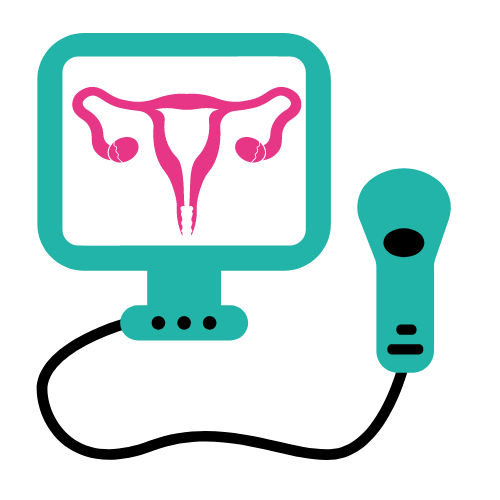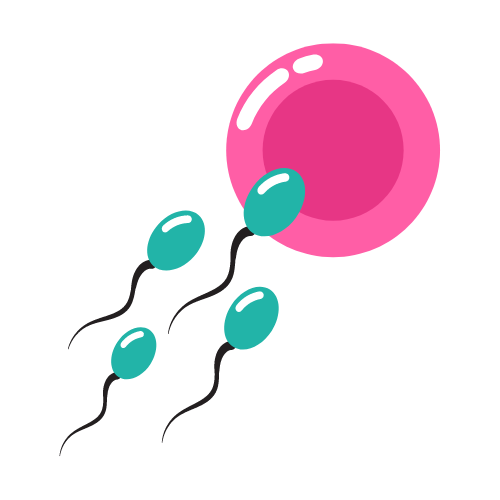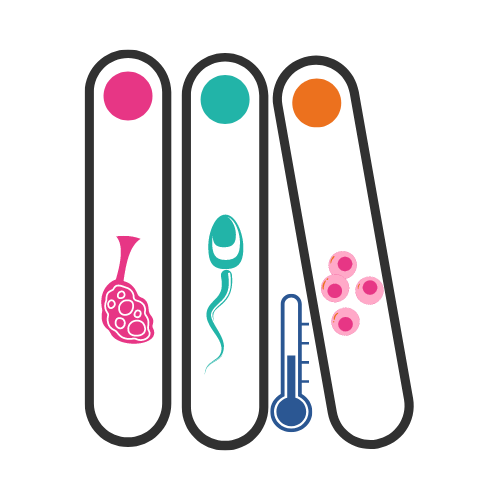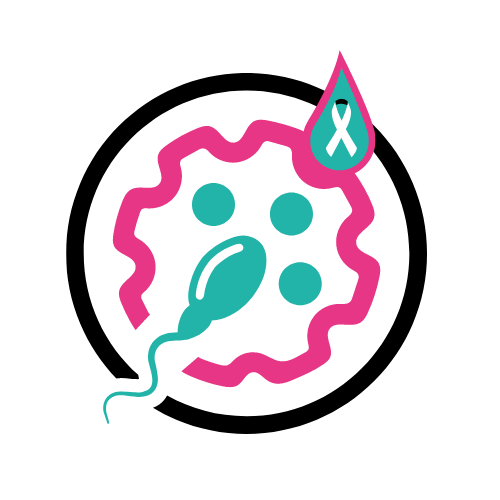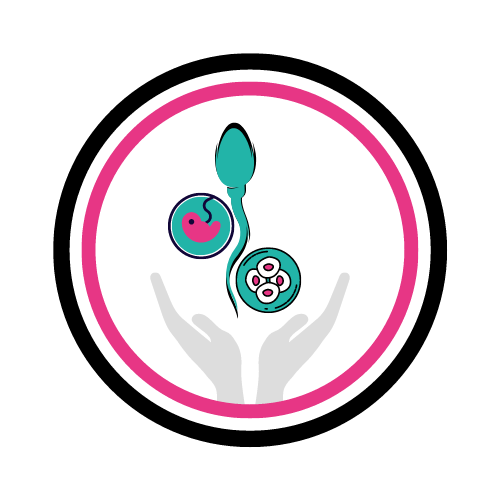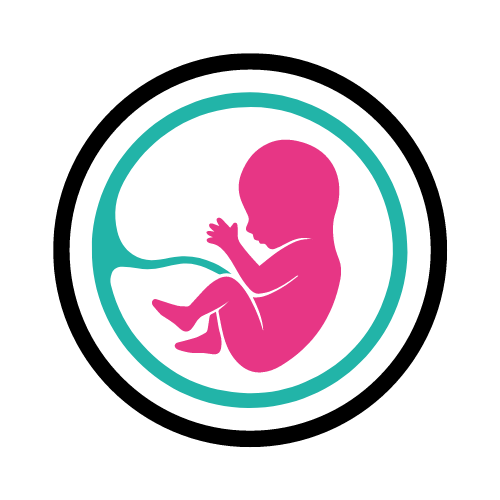Blastocyst Culture
What is Blastocyst Culture?
Blastocyst culture is a method of growing embryos in the laboratory for an additional 2-3 days after fertilization, beyond the traditional 2-3 days of standard in-vitro fertilization (IVF) culture.
The blastocyst stage is the time when the embryo is ready to implant into the uterus, which is the key step in establishing a pregnancy. Culturing the embryos to the blastocyst stage can also allow for better selection of embryos that are more likely to lead to a successful pregnancy.
What is the procedure for blastocyst culture?
The procedure for blastocyst culture typically involves the following steps:
- Ovulation induction: Medication, is taken to stimulate ovulation and produce multiple eggs.
- Egg retrieval: The eggs are retrieved from the woman’s ovaries using a procedure called transvaginal ultrasound aspiration.
- Fertilization: The eggs are fertilized with sperm in the laboratory, either by traditional insemination or intracytoplasmic sperm injection (ICSI).
- Embryo culture: The fertilized eggs, now called embryos, are grown in the laboratory for 2 to 6 days.
- Blastocyst formation: The embryos are allowed to grow for an additional 2-3 days until they reach the blastocyst stage.
- Embryo selection: The embryos are evaluated for their quality, and the best-quality blastocysts are selected for transfer.
- Embryo transfer: One or more blastocysts are transferred to the woman’s uterus, with the goal of establishing a pregnancy.
- Luteal Support and Pregnancy Test : After embryo transfer, the woman is given medication to support the implantation of the embryo and will take a pregnancy test two weeks later.
- Cryopreservation : Any remaining embryos that are not transferred can be frozen for future use.
When is Blastocyst Culture recommended?
Blastocyst culture is typically recommended for couples who have been trying to conceive for at least one year without success, and have undergone previous unsuccessful IVF cycles or have good quality embryos. This is because, culturing the embryos to the blastocyst stage allows for better selection of embryos that are more likely to lead to a successful pregnancy. It’s also recommended for those who want to reduce the number of embryos transferred and have a single embryo transfer. This can lower the risk of multiple pregnancies, which can be associated with higher risk of complications.

